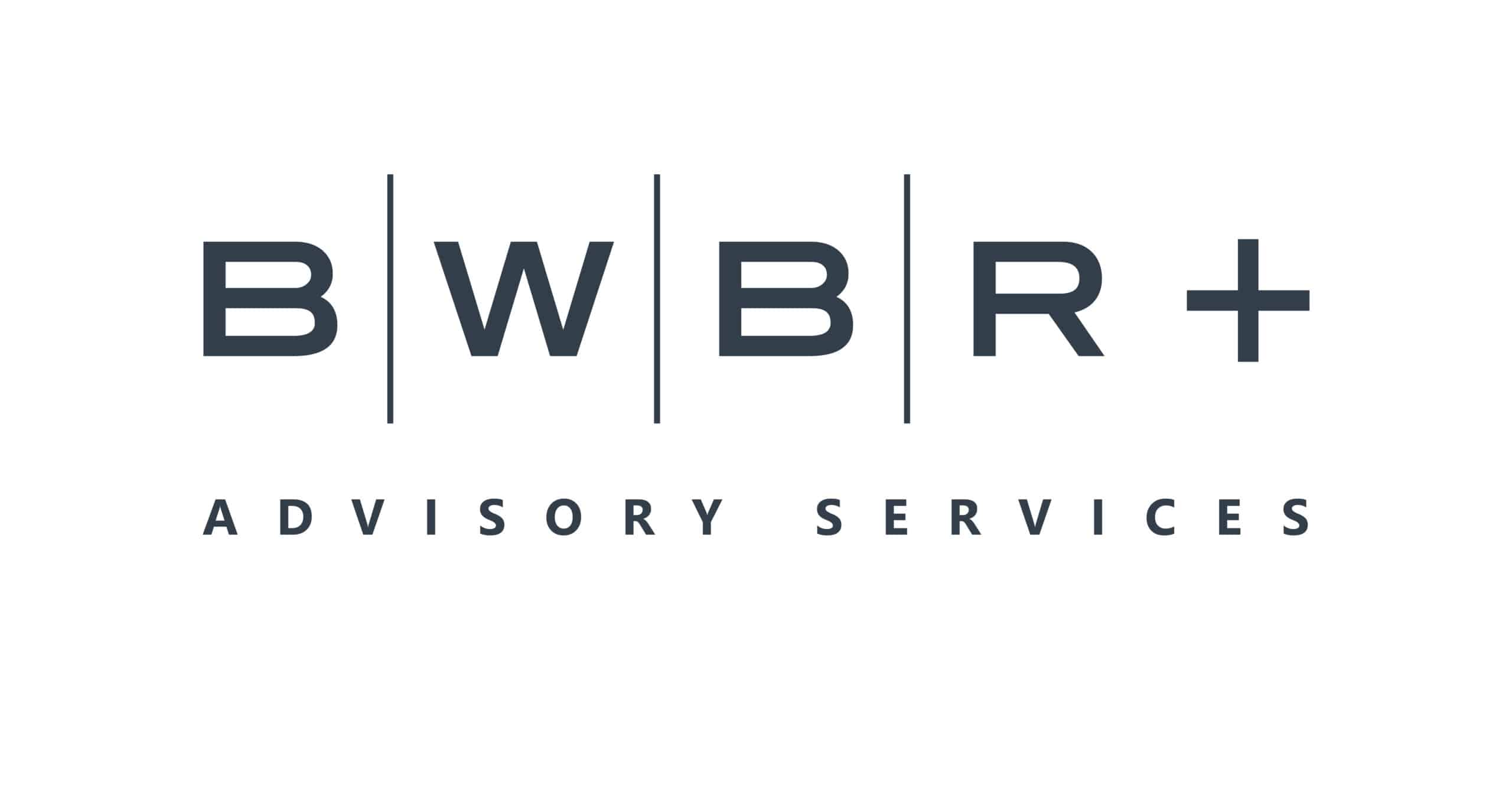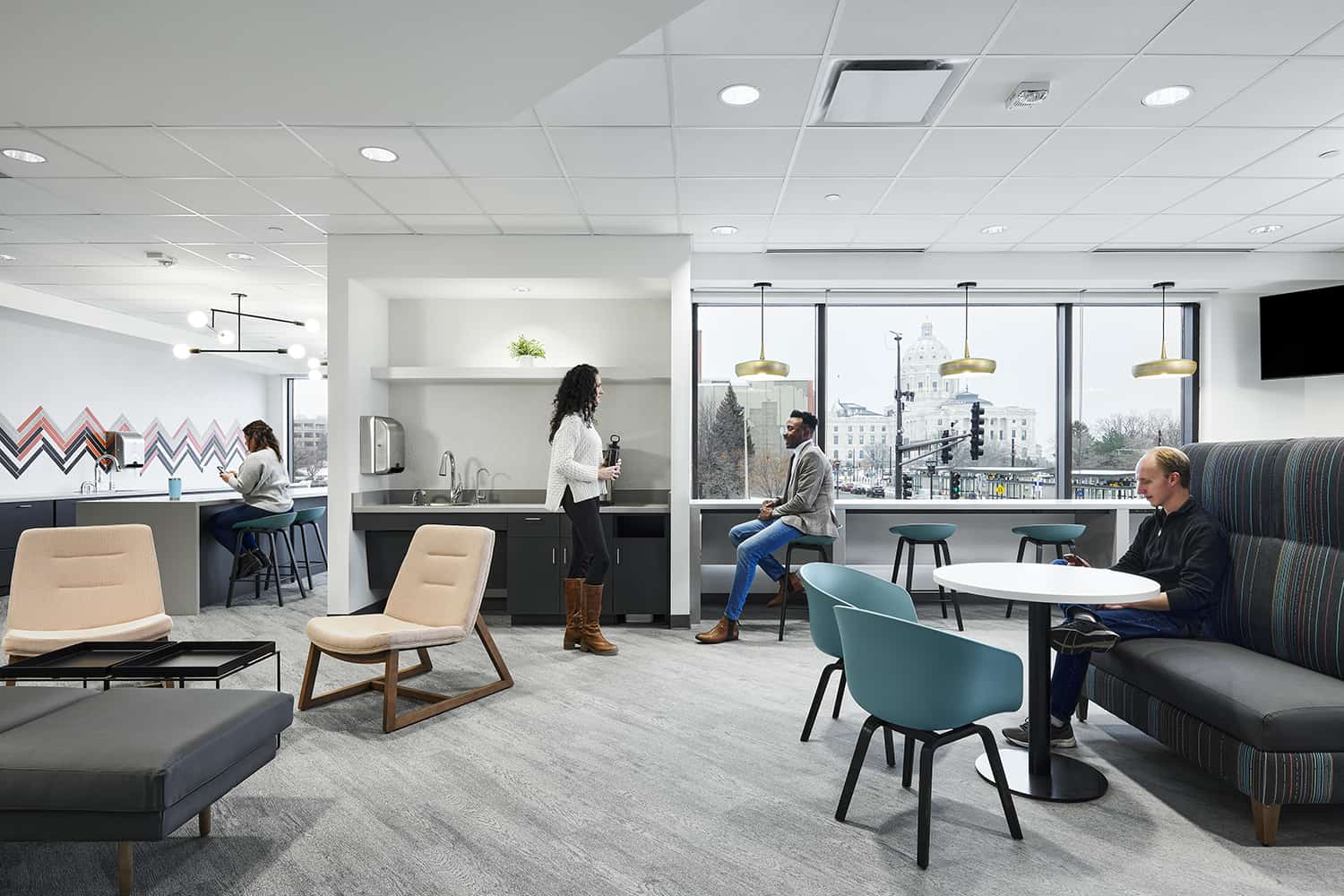In our previous episode, senior strategic facility advisor Brandon King, AIA, MBA, explained the high-level approach of what drove the initiation of BWBR+ advisory services. This week, he and principal Jason Nordling, AIA, continue the conversation with a deeper dive into how these services can be applied on a practical basis.
With 26 years of experience, Jason understands the unique elements associated with designing and implementing medical facility projects. During his 19 years at BWBR, he’s devoted 90% of his time to healthcare projects and has forged long-term relationships with major regional healthcare systems throughout Nebraska, Minnesota, and South Dakota.
BWBR+ in Action
Often today, architects are asked to do more than just design buildings, with clients turning to us for support outside of traditional project scopes and timelines. To meet this need, BWBR created BWBR+, a collection of services focused on human performance and building performance that bridges the gap between architecture and traditional business consulting.
To illustrate, Jason offers a real-world example: “Recently BWBR completed pretty significant remodeling for a healthcare client in western Nebraska. At the outset of the project, we asked for their existing facility information and were handed many, many sets of drawings ranging from the original building that was constructed in the 1970s all the way up to their most recent addition in the mid-2000s. Faced with this treasure trove of disorganized material, the project team suggested a comprehensive updated CAD background to bring everything up to date. Then, when the new project planning and design was complete, it could be easily incorporated as well.” By advising the client to consolidate the plans in a consistent, simple way, BWBR was able to help them approach their portfolio in a consistent, organized fashion.
But the story doesn’t end there. Jason continues, “Actually that same client called a few years after we finished the build and asked about statement of condition drawings for the facility for their reviews. And one of our code gurus was able to walk into their facility in a day with the backgrounds that we had, and he created the documents they would need for the State Department of Health and other facility reviewers. He could see where code requirements had changed over time and it allowed them to understand places where they could maybe downgrade some of the construction. Now, there’s less to be checking and certifying on an annual basis and that saves time and maintenance. All that documentation we did on the front end paid dividends.”
All Facilities Great and Small
It’s not only large, complex systems that can benefit from additional support like this. Smaller or more rural facilities may not have the staff to fully address some of these issues, and even when staffing resources are available, their focus can be split among many competing priorities.
Jason explains, “I do most of my work in rural areas and I’ve seen that clients, especially in rural or independent facilities, can benefit from a lot of the things BWBR+ offers, whether that means putting facility documents together or providing equipment planning or facility activation services. Those things are needed on every project.”
“Our clients have very talented facility staff, but they all have day jobs that are related directly to their expertise. Anytime we can come in and assist with those things that are not the highest and best use of their time and abilities just creates a stronger, more cohesive whole.”
Jason Nordling, AIA
Brandon added that in the face of staffing shortages or transitions like those which many organizations are dealing with as a result of the pandemic, “We can absolutely come in and bolster departments to help facilities and organizations ramp back up to full speed in support areas like design and construction, engineering, and facility support. We have the experience to help clients bridge the gap.”
Equipment Planning to the Rescue
Another example of BWBR+ in action is providing equipment planning support. Many client facilities house complex technical equipment, and while traditional design includes understanding the size and purpose of that equipment, as well as mechanical, electrical, and plumbing needs, BWBR+ goes further. Brandon explains, “We can offer assistance with a comprehensive equipment planning process, which is more than just equipment on a floor plan. It’s a process of inventorying and understanding existing equipment. It’s meeting with critical stakeholders and subject matter experts, including end users and department managers, but also the sourcing departments who are actually buying this equipment.”
This in-depth discovery process helps the project team and, in turn, the client, understand the full picture: Are there new standards that are coming out for this equipment? Does it make sense to change manufacturers? Is there new training required for the staff? In some ways the project team becomes an extension of the purchasing department, helping to coordinate the whole process while integrating it with the parallel design process. Brandon adds, “We also ask ourselves what the user experience is in a room, really taking a close look at the finishes and how a person feels in the space. We can provide a holistic approach that goes well beyond just swapping out a piece of equipment.”
A True Full-Service Experience
Taking a closer look at the people and processes involved in projects can provide huge benefits to clients. These builds are incredibly complex and very expensive, so supporting clients in making well-informed decisions and recommendations to senior leadership is actually an integral part of providing excellent service and serving as a trusted advisor before, during, and after a given project.



